
Selected ion flow tube mass spectrometry (SIFT-MS) offers potential for rapid screening of volatile nitrosamines and their amine precursors in a single run.

Selected ion flow tube mass spectrometry (SIFT-MS) offers potential for rapid screening of volatile nitrosamines and their amine precursors in a single run.

Anderson details how ACD/Labs ensures that data are AI-ready and FAIR-compliant across diverse systems common in pharma R&D.

To detect estrogen and its metabolites in the ovarian-type stroma of pancreatic mucinous cystic neoplasm (MCN) tumors, researchers applied a novel liquid chromatography–tandem mass spectrometry (LC-MS/MS) method.

Top articles published this week include several clips from a recent panel discussion featuring female chromatographers and an inside look at how artificial intelligence (AI) is impacting separation science.

A fast, selective, and quantitative liquid chromatography (LC) method was developed for lipid nanoparticles (LNPs) analysis, using evaporative light scattering for sensitive detection of the analytes of interest.

In the third part of this roundtable discussion focused on the experiences, challenges, and contributions of women in chromatography, LCGC International spoke to Susanne Boye, Daniela Held, and Claudia Zielke about how to position yourself for leadership.

Researchers investigating how beer and the hepatopancreas influence the flavor of red swamp crayfish assessed the effects of cooking with or without the hepatopancreas in beer or water on crayfish quality using sensory analysis, electronic nose technology, and gas chromatography–ion mobility spectrometry (GC-IMS).

High-throughput mass spectrometry (HT-MS) is becoming a driving force in modern drug discovery. This article explains how a purpose-built digital ecosystem—featuring structured data, automation, artificial intelligence (AI)-driven analytics, and cloud scalability—is essential to translate massive HT-MS data sets into reproducible, actionable decisions.

In the second part of this roundtable discussion focused on the experiences, challenges, and contributions of women in chromatography, LCGC International spoke to Susanne Boye, Daniela Held, and Claudia Zielke about the best strategies to advance your career in chromatography.

A look at the biggest technical barriers preventing full digital integration

Researchers aiming to determine the optimal harvest time for maximum essential oil and linalool yields from basil hydro distilled the dried leaves of gathered plant samples for extraction of essential oil and subjected the resulting produce to gas chromatography-mass spectrometry (GC-MS) analysis to determine the variance in chemical compounds composition.

In the first part of this roundtable discussion focused on the experiences, challenges, and contributions of women in chromatography, LCGC International spoke to Susanne Boye, Daniela Held, and Claudia Zielke about their route into separation science.

Researchers investigating the prevalence of vitamin D deficiency and insufficiency in individuals with chronic spinal cord injury assessed participants’ vitamin D levels using high-performance liquid chromatography-tandem mass spectrometry (HPLC-MS/MS).

This month's LCGC Blog from Jonathan Shackman from the American Chemical Society (ACS) reflects on how early experiences with computer programming shaped the author’s understanding of fundamental logic, and how today’s artificial intelligence (AI) tools similarly shift the balance between mastering low-level processes and focusing on analytical goals.

Andrew Anderson, VP of innovation and informatics strategy at ACD/Labs, talks about how the scientific method is being redefined and the role the AI-digital-physical DMTA cycle plays.
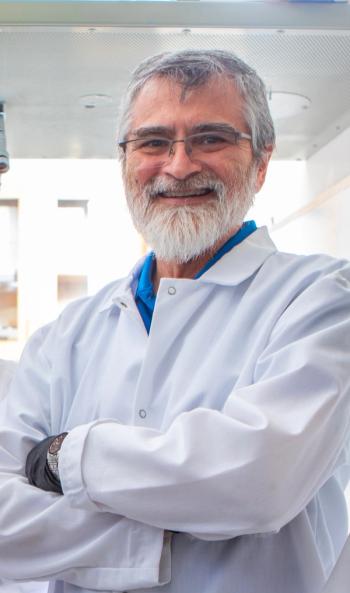
Silica stationary phases are traditionally prepared through silanization, where silanol groups on the silica surface react with organosilanes to create chemically bonded layers, typically with hydrocarbon chains such as C18 or C8 for reversed-phase separations. A research team from the Department of Chemistry at the University at Buffalo introduced an alternative surface modification method that avoids silanization, using diazonium chemistry instead. LCGC International spoke to Luis A. Colón, corresponding author of the paper that resulted from the team's research, about the method.
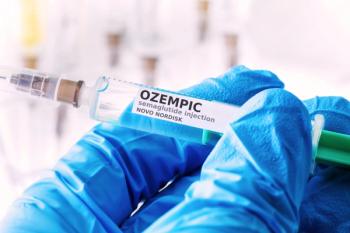
GLP-1 receptor agonists (GLP-1 RAs) are transforming metabolic disease treatment, with analytical chemists playing a critical role in formulation, stability testing, and clinical trial support for injectable and oral therapies.
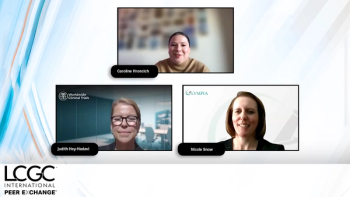
The speakers highlight emerging trends in GLP-1 therapy, including personalized dosing, weight maintenance, combination treatments, and global innovations shaping the future of obesity management.

Judith Hey-Hadavi and Nicole Snow discuss staying current on GLP-1 research and managing therapy side effects to support patient outcomes.

Top articles published this week include several clips from a recent peer exchange on GLP-1 therapies and an interview with IQ Consortium’s Nucleic Acid Working Group.
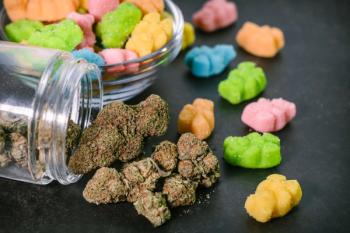
Researchers at the Dubai Police’s General Department of Forensic Science and Criminology set out to validate the use of Py-GC-MS for detecting THC in edibles and other THC-containing products with complex matrices, with the methodology then compared with GC-MS analysis to ensure it is fit-for-purpose.
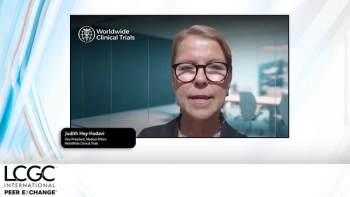
Judith Hey-Hadavi and Nicole Snow discuss GLP-1 receptor agonists, emphasizing personalized dosing, side effect management, and lifestyle support to optimize weight loss and patient outcomes.
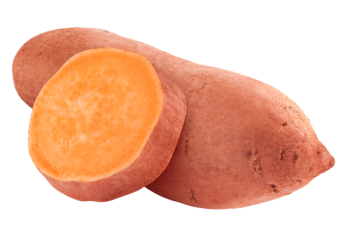
Researchers profiled and compared metabolites in drought-tolerant and drought-susceptible sweet potato cultivars under water-deficient conditions. Leaf samples were collected and analyzed for metabolite changes using untargeted ultrahigh-performance liquid chromatography-mass spectrometry (UHPLC-MS).
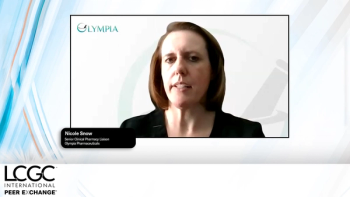
This episode examines the pharmacologic basis of GLP-1 adverse reactions, dose titration strategies, and patient-specific factors shaping therapy safety.
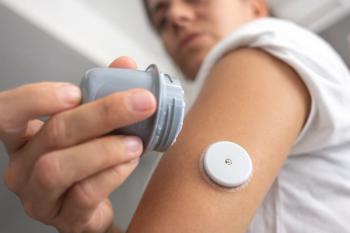
A joint study between Amsterdam University Medical Centers and MEDLAB analyzed over two dozen glucose sensors, insulin pumps, and insulin infusion sets to identify the chemicals present in these devices using gas chromatography–mass spectrometry (GC–MS).

Discover the 2026 HTC Innovation Award, recognizing groundbreaking contributions in separation science and hyphenated techniques by emerging scientists.

Using advanced chromatography–mass spectrometry techniques, researchers mapped how metabolites move between coral tissue and skeleton, uncovering clear metabolic differences across tissue and skeletal layers.

In the second episode of our GLP-1 Therapy Insights series, experts Judith Hey-Hadavi from Worldwide Clinical Trials and Nicole Snow from Olympia Pharmaceuticals discuss the evolution of GLP-1 receptor agonists from protein-based therapies to small-molecule options.

IQ Consortium experts explain how advanced chromatographic and analytical strategies are improving the bioanalysis, metabolite characterization, and regulatory readiness of RNA-based therapeutics.

Explore GLP-1 receptor agonists with experts Judith Heij-Hadavi and Nicole Snow: molecular design, patient care, oral therapies, and analytical insights.